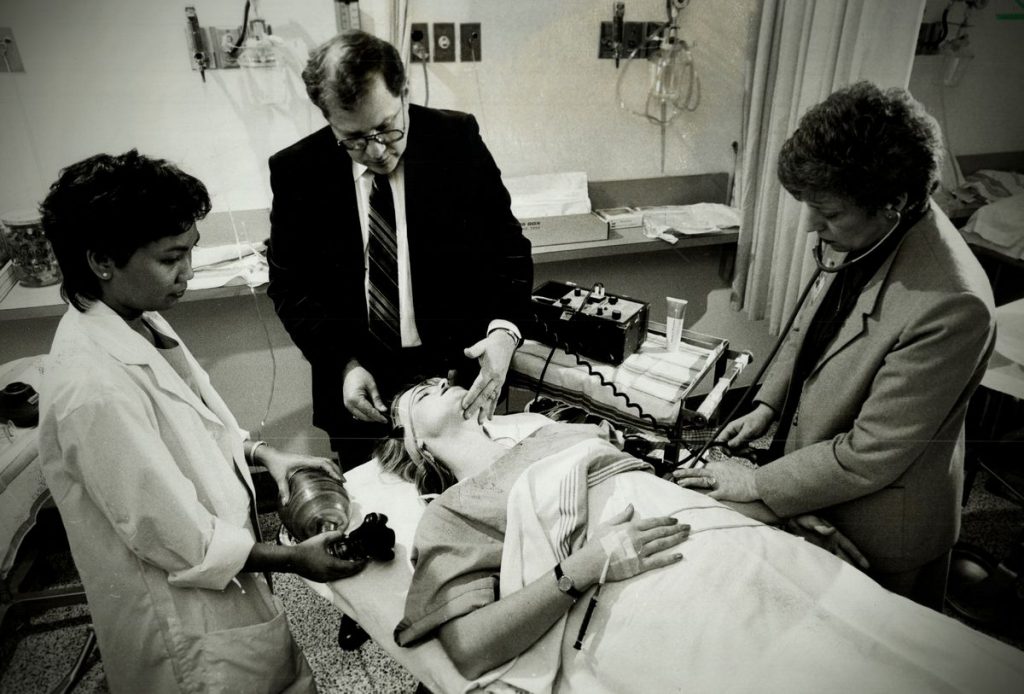Electroconvulsive Therapy ECT has long been shrouded in myths and misconceptions that have contributed to its stigma and hindered a comprehensive understanding of this life-changing treatment. It is essential to separate fact from fiction and unveil the truths behind ECT to promote accurate knowledge and reduce the associated stigma. One common myth is that ECT is a barbaric and inhumane treatment. This misconception stems from outdated portrayals in popular culture that depict ECT as a violent and traumatic procedure. However, significant advancements have been made in the administration of ECT, ensuring patient comfort, safety, and dignity. Today, ECT is conducted under general anesthesia, and muscle relaxants are administered to prevent any physical discomfort or injury. The electrical stimulus is precisely controlled, and patients are carefully monitored throughout the procedure. Another prevalent myth is that ECT causes permanent memory loss. While it is true that some individuals may experience temporary memory impairment immediately following treatment, particularly for events occurring close to the time of the treatment, these effects are typically transient and resolve within weeks or months after completing the ECT course.

Modern techniques, such as bilateral electrode placement and brief-pulse stimulation, have been shown to minimize memory side effects while maintaining therapeutic efficacy. Additionally, the potential benefits of ECT in alleviating debilitating mental health symptoms often far outweigh the temporary memory-related concerns. A misconception associated with ECT is that it is a treatment of last resort. While ECT is often considered when other treatments have not been effective, it is not limited to cases of treatment resistance. ECT can be a viable treatment option for various mental health conditions, including severe depression, bipolar disorder, and schizophrenia, and can be considered earlier in the treatment algorithm when appropriate. Prompt initiation of ECT may lead to faster symptom relief, prevent further deterioration, and improve overall quality of life. It is also crucial to dispel the belief that ECT is a form of punishment or coercion. In reality, ECT is administered with the informed consent of the patient or, in certain cases, with the involvement of a legal guardian san antonio phoenix mental health. The decision to pursue ECT is made collaboratively between the patient, their healthcare provider, and often a multidisciplinary team.
Extensive discussions regarding risks, benefits, and alternative treatment options are conducted to ensure a well-informed decision-making process. Respect for patient autonomy and the right to refuse or discontinue treatment is fundamental in ECT practice. Lastly, ECT is sometimes misunderstood as a permanent or lifelong treatment. In reality, ECT is typically administered over a course of several sessions, with the number and frequency determined based on individual response and treatment goals. It can provide significant and enduring relief from symptoms, leading to sustained remission and improved quality of life. In some cases, maintenance ECT may be recommended to prevent relapse or manage chronic conditions, but this is carefully evaluated and individualized to each patient’s needs.




